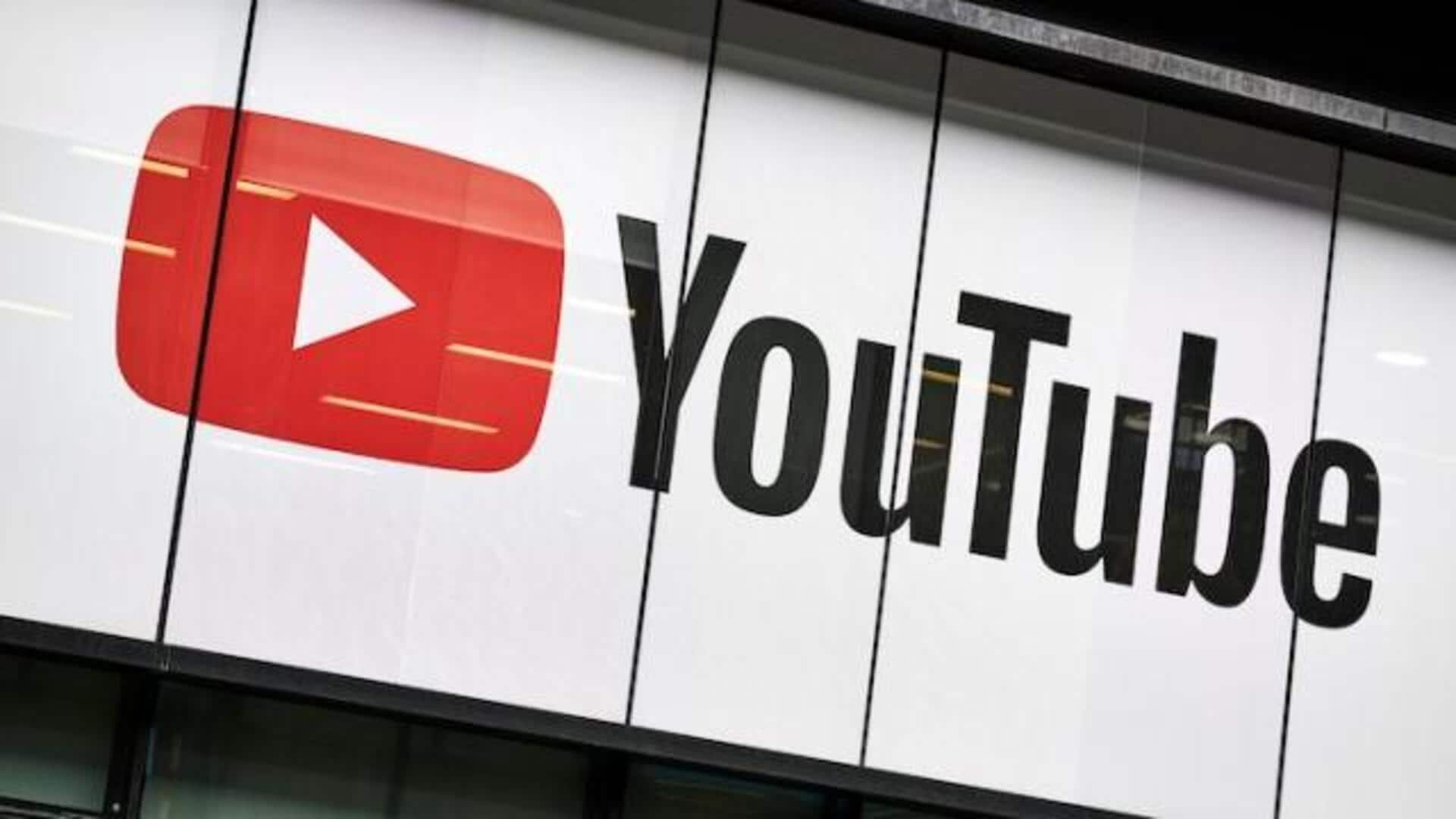
YouTube intensifies slowdowns for users employing ad blockers
What's the story
YouTube has implemented a site-wide slowdown for users employing ad blockers. According to a Reddit post, numerous YouTube users have observed a new wave of slowdowns with a sudden decline in performance and responsiveness. Upon investigation, it was determined that the site regained normalcy only after disabling the active ad blocker. As per YouTube, this method to bypass ads is considered a breach of the terms of service.
More
YouTube performance adversely affected when ad blocker is active
When an ad blocker is active, YouTube has started exhibiting a weakened performance, per many users. Videos experience sluggish buffering, previews fail to load properly, and accessing theater mode or fullscreen becomes impossible without refreshing the website. The slowdowns for users with ad blockers are mainly due to an artificial timeout in YouTube's code, mimicking a slow internet connection. While not a new tactic, more users are now experiencing it.
Details
Pop-up message and suboptimal viewing
In response to the growing prevalence of ads on YouTube, individuals have been utilizing ad blockers for years. Subsequently, the Google-owned platform has taken measures to discourage the utilization of ad blockers through various methods. It now displays a pop-up message stating, "Ad blockers violate YouTube's Term of Service." Another method, known as "suboptimal viewing," slows down the site when ad blockers are detected. The only available remedies are either disabling the ad blockers or opting for a premium upgrade.
Information
YouTube's efforts to dissuade ad blockers stir up controversy
YouTube's methods of discouraging ad blockers have sparked controversy. To avoid ads, viewers must choose between paying $10 per month for YouTube Premium (starting at Rs. 129/month in India) or enduring potentially long, unskippable video ads. Neither option is satisfactory for the majority of users.